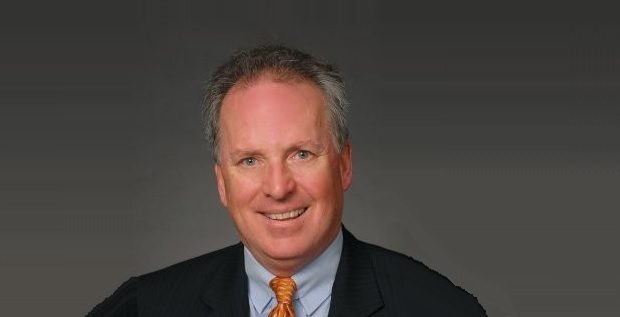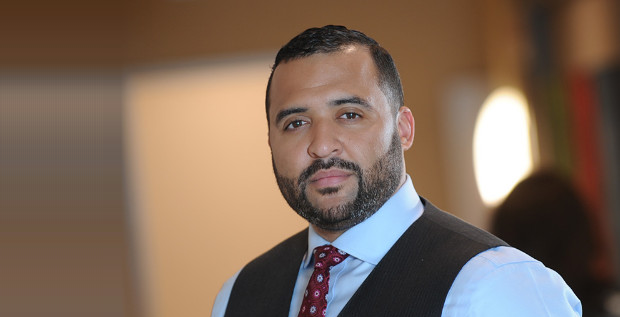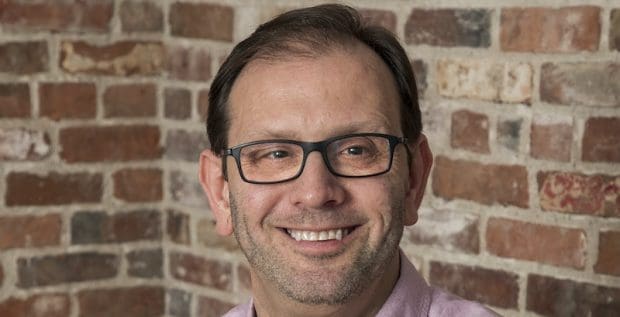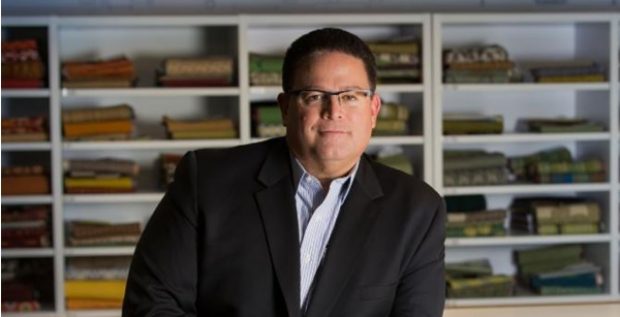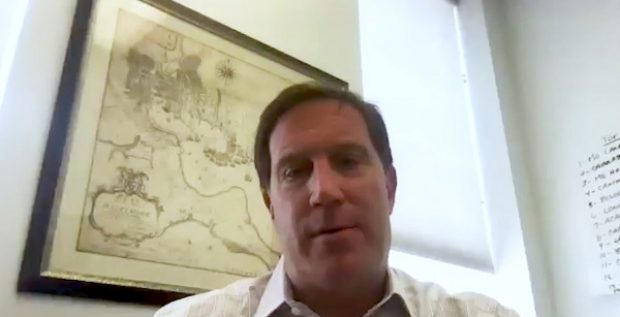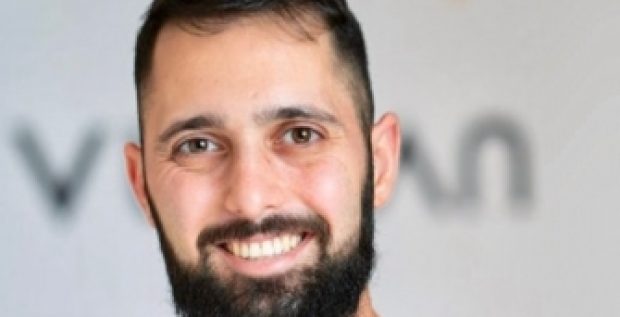Jamie McDonald is the founder of Generosity, Inc., an organization established in 2015. Generosity, Inc. applies the latest advancements in digital commerce to help nonprofits, educational institutions, companies, and communities raise more money for good causes and fully engage their supporters. The organization’s approach combines strategic campaign planning, peer-to-peer fundraising, and crowdfunding with proven impact programs such as donor outreach and giving days.
Q. Could you describe what you were up to before starting Generosity, Inc.? What led you to this point?
A. I founded the organization this year on the heels of selling GiveCorps, a company I started in 2011, to Network for Good. I have been an investment banker, social entrepreneur, community activist, mother, and wife and am very excited to have a chance to talk to you about what I’m doing. I was very fortunate in my work at GiveCorps to build a pretty exciting nonprofit-focused crowdfunding platform. As we were attempting to scale that platform, we recognized that there are certain core capabilities that nonprofits needed to adopt in order make their online giving as effective and client-friendly as possible. So we partnered with Network for Good, who eventually acquired us in May 2014. I’ve spent the time since then working with Network for Good, really thinking through how to use crowdfunding as an additional opportunity for their huge base of nonprofits—10,000 around the country—to work with constituents in new ways. So that’s what I spent the last year doing. Earlier this year I decided that I wanted to take the expertise I had been building around the intersection between technology and giving and use it to explore bigger, broader ways to build generosity movements—what I think of as “mass generosity”—in new ways around the country. And so my first major initiative was starting an organization called Generosity, Inc.
Q. Tell us about what the organization does and how it works.
A. We are focused on working with nonprofits, communities, and schools on figuring out ways to create mass generosity initiatives. That can range from things like giving days and crowdfunding and to initiatives like constituent building and ambassador development—all of which can be fueled by technology and social media. People can feel like they can make an impact on their community or an institution. It’s an interesting case study for how people not only desire to make a difference but—more importantly—desire to make a difference together. That is really what Generosity, Inc., will focus on: helping organizations tap into that desire for a community.
Q. What social or community-centric issues are you most concerned about?
A. As a society, I think we have to acknowledge and think about strategies to address the systemic challenges of the underclass. I think it’s a problem a lot of people ignore; you can drive a certain route home and never have to see the neighborhoods in Baltimore or any city that are challenged in ways that that many of us cannot even envision. I feel very strongly that if we do not start thinking about how to actually help adults access opportunity, live in safe communities, and access housing, I do not think we will ever change. So what that has led me to is working with organizations that deal with ex-offenders, with organizations that deal with our most impoverished communities. These are systemic, serious issues. For me, that’s the place I am most passionate about—trying to create change.
Q. As someone deeply involved in community initiatives, what do you think is key to making that vision a reality?
A. It’s big and it’s hard and it takes people who are willing to have an open mind about the fact that any young guy, on any street corner, has as much potential as your kid. They just have not had the same access and the same set of experiences that would show them that there is a path to use their smarts in a positive way. The reality of so much of the crime and drugs and all of that in our community is just survival. It comes down to the same motivations we all have every day to earn money, have a house, feed our kids and provide them with a good education so that they can then do the same thing for their kids. People in impoverished neighborhoods are just doing it in the only way that they have access to and that’s what I am passionate about—that is where I spend my time. There are a lot of ways that we, as a community, have got to change the conversation about where we live. I’m trying to be a part of that.






